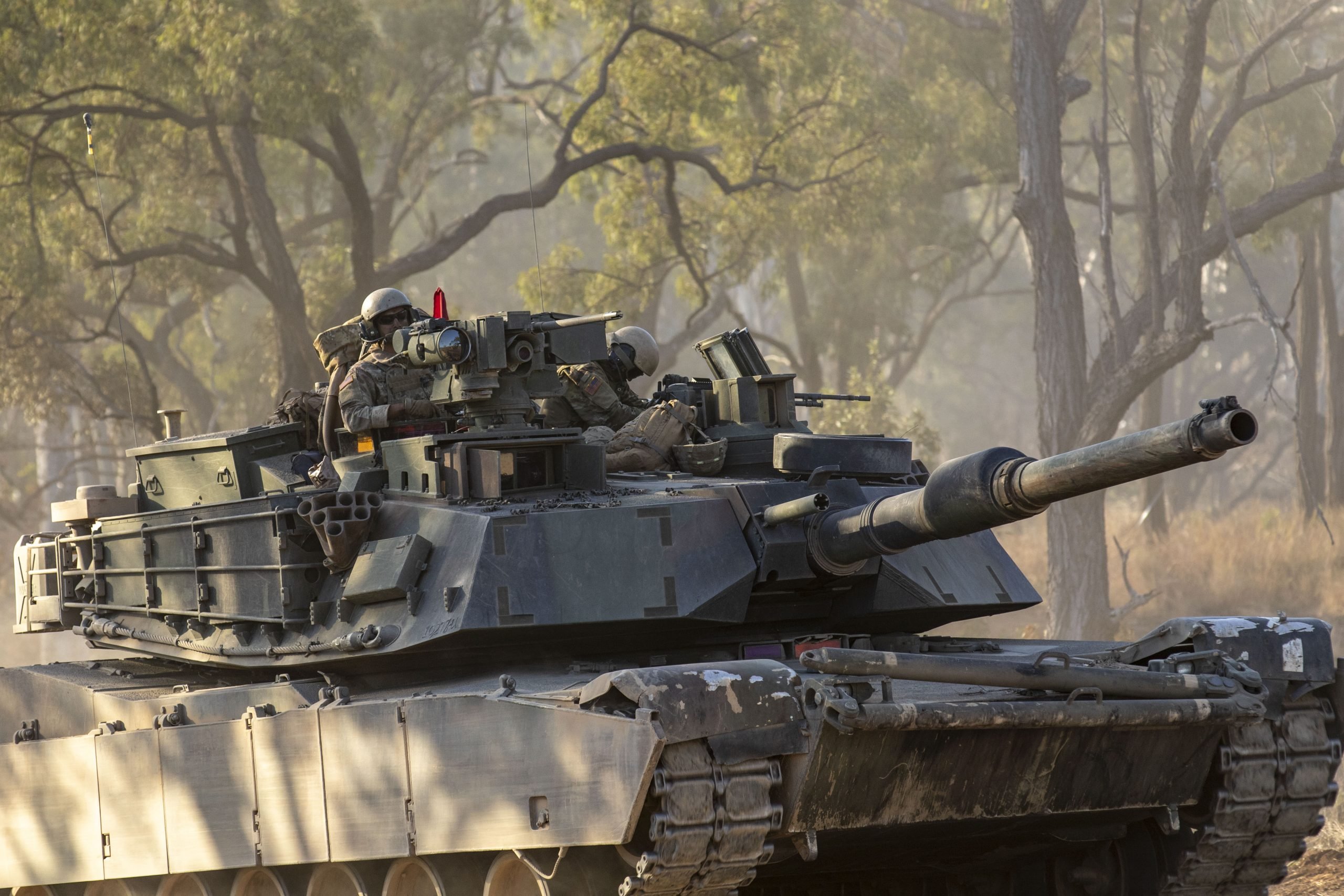
As the Navy, Air Force and Marines focus on expanding their capabilities in the Pacific, the Army is on a campaign to prove its regional relevance as service leaders made their case last week at AUSA 2023.
U.S. Army Pacific (USARPAC) Commander Gen. Charles Flynn told reporters he was “tired” of answering questions about the service’s relevance to the theater.
The Indo-Pacific “is not an air and maritime environment,” he said, stating that “25 percent of the Earth’s surface is in that part of the world.”
The USARPAC commander argued that countries throughout the region are turning to their armies in the face of Chinese violations of “territorial integrity and national sovereignty.” Flynn used the Philippines as an example of how around the Indo-Pacific are addressing maritime and air threats from China.
“I’ll go to the Philippines, they have 12 army divisions, 11 light and one armored division, if you can believe that,” Flynn said. He went on to explain that the Philippines are “trying to take their land forces and reorganize, reorient, retrain, and prepare them to conduct territorial defense in the air and maritime littorals from the land” to compensate for having a smaller air force and navy.
Japan, Australia and the Philippines have been making major shifts in the composition and role of their land forces as a result of the region’s changing security situation. Japan, which Flynn emphasized has around 70 percent of its forces on the ground, has been shifting units with antiship and surface-to-air missiles to islands in the southwest of the country. Meanwhile, Australia recently announced it is reorganizing its army to include littoral lift groups and three brigades with an amphibious focus. The Philippine Army reportedly is looking to acquire BrahMos antiship missiles.
“These countries are defined by the armies that protect their territorial integrity and their national sovereignty. That’s why I say this region, the security architecture that actually binds the Pacific together is land power, is land forces. Period,” said Flynn.
Separately at AUSA, the U.s. Army walked through Operation Pathways 2023. Beginning in 2014 as Pacific Pathways, the U.S. Army Pacific program that aimed to increase Army-to-Army engagement has evolved into the Army’s mainstay effort in the region. This year’s Pathways comprised more than 40 exercises with other services and partners from across the region, including Japan, Korea, Australia, Thailand and the Philippines.
USARPAC foresees creating “interior lines” in the region, which, according to Gen. Flynn, are “compact lines of maneuver, communications and logistics. Interior lines provide options for military and national leaders by positioning ground forces.” These lines will help deter adversaries in the region, such as China, and contribute to the other services’ operations.

Army commanders from I Corps, 18th Medical Command, and 8th Theater Sustainment Command (TSC) spoke on their takeaways from Pathways 2023. Their presentation focused on experiences during this summer’s Talisman Sabre in Australia, which was the largest iteration of the drills to date, involving more than 33,000 troops from 13 countries. Lt. Gen. Xavier Brunson, the commander of I Corps, emphasized the distances covered by Army units not only to attend the exercise, but also to sustain them on the ground in Australia.
“All of these things can only happen because we can sustain ourselves when we get to the region. The only way we’re going to be successful in moving forward in the region is if we continue to drive, to be beside our partners in the region,” Brunson said.
Maj. Gen. Jered Helwig, commander of the 8th TSC, said that under Flynn’s direction, this year’s Pathways had a strong focus on sustainment and logistics. The drill’s joint logistics over-the-shore activities were highlighted, which included moving equipment from Military Sealift Command ships USNS Bob Hope and USNS Maj. Bernard F. Fisher to shore without a port by using a modular causeway system.
“It was a great opportunity for our teams to pull all that together, particularly at distance where we had to anticipate all the fog and friction that you might expect when you have TRANSCOM vessels, forces from FORSCOM showing up, and our own organic forces onto a meeting location and discharge all of that equipment,” Helwig said.
8th TSC also took away lessons from deploying regional prepositioned stocks that will “really help us going forward.”
When asked by USNI News about the 8th TSC’s relationship with Transportation Command – the command responsible for providing transportation to U.S. forces such as sea and airlift – Helwig stressed that 8th TSC is “tied to the hip” with TRANSCOM and “couldn’t do anything without having very open communication and dialogue and daily conversations with them.”
“What we learned in Operation Pathways is the importance of describing the operational effects we want to the strategic enterprise when it comes to movement, right? So I alluded to the fact that the delay in a vessel isn’t just a scheduling slip, but it could have operational impacts on the exercise. And sometimes those effects aren’t fully understood across the whole enterprise. This year we made steps in that regard,” Helwig added.
Maj. Gen. Paula C. Lodi, commander of 18th MEDCOM, also mentioned that USARPAC’s exchanges with TRANSCOM have revealed that INDOPACOM lacks a unified medical plan.
“Gen. Flynn’s infusion of medical and protection into the Unified Pacific Wargame series has brought to light to TRANSCOM that there isn’t a sustainment distribution plan and a patient movement plan in the Indo-Pacific, that it’s all one, all in competition for scarce resources, and we need to come at that problem set collaboratively,” Lodi said.





